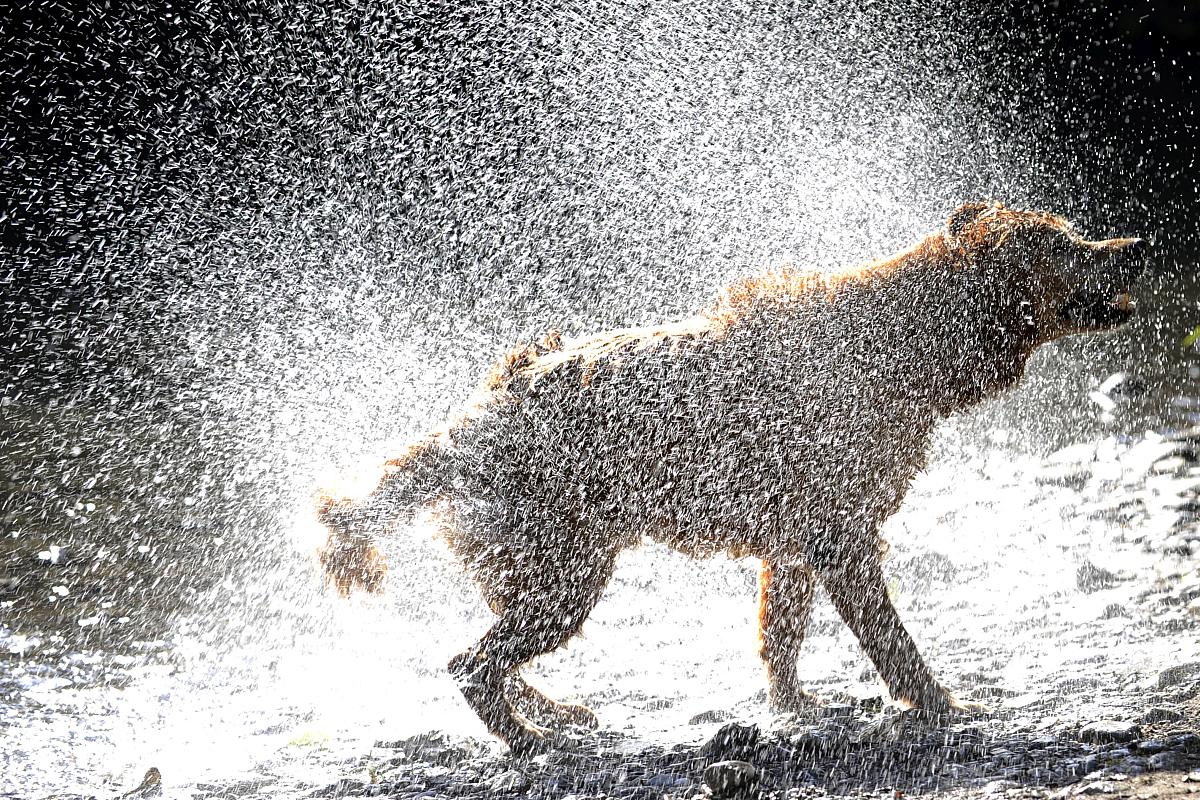
Forecasts can never be 100 percent accurate
Weather forecasts have improved in recent years, however Tanja Cegnar warns: "We will never have a precise starting point for a forecast, to be able to give a 100 percent accurate weather forecast. Forecasts are improving, they're getting better and better, however there will never be complete accuracy. Of course, we do also evaluate our precision. We find out in which kind of weather occurrences our forecasts go wrong. That enables our constant progress. The forecasts are better, but the demands of our users are also always higher."
Indicators show the atmosphere is heating up
2014 has been the warmest year since record-keeping began in Slovenia. This year's winter was among the warmest, however "not in the extreme". "Right after we got the snow cover the winter was quite modest, although we did have two periods of heavy snowfall. The duration of the snow cover was also below the average. Those are the indicators that our atmosphere is heating up," assesses Cegnar.
The majority of scientists dealing with climate issues – the exact figure is 97 percent – are convinced that humans are responsible for the warming. "There is a surplus of greenhouse gases emitted into the atmosphere by humans. On its own, nature isn't capable of assimilating the large quantities, which are let our by humans with the use of fossil fuels. Therefore, there is an increase in greenhouse gases in the atmosphere. However, we cannot demonize all those gases for they also moderate the heat conditions on the surface. If it wasn't for the gases, the temperature difference between night and day would be extremely great. The average temperature in the world would be 33 degrees lower than it is today. Greenhouse gases? Yes. But the problem is that their concentration is on the rise," is convinced Tanja Cegnar.

































































